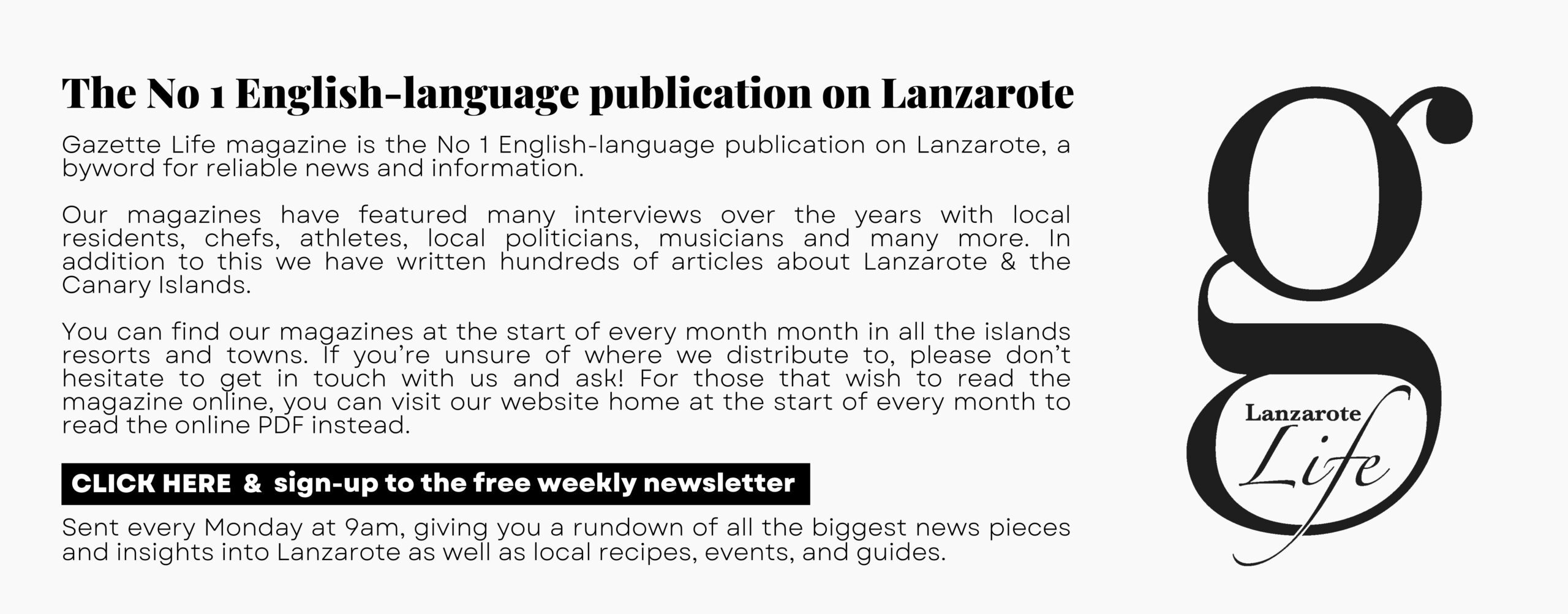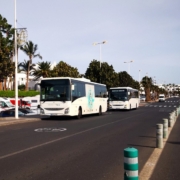Caleta de Famara and the nearby towns of La Santa and Soo are different from anywhere else on Lanzarote – unique villages whose rhythms of life have been dictated by sea, surf and sand for centuries.
All three of these villages are strung along the northern coast of Teguise, where waves constantly pummel the shore and northern winds blow inland. The waves bring immense amounts of sand to shore, which the winds carry south. This created El Jable, a sandy desert area that has been farmed for centuries, and which is still an important part of the economy in Soo, which also enjoys shelter from the Montaña Soo that towers over it.
This sand provides good terrain for runners and off-road cyclists, and the La Santa sports complex has made the most of its location in this respect.
In Famara and La Santa, fishing has also been a tradition – La Santa provides the only locally-caught prawns on the island, but the sea has also brought a new opportunity – surfers.
Famara and La Santa are surf villages, dotted with surf schools and shops where you can buy everything from Sex Wax to board shorts. The action takes place on the nearby beaches of Famara and San Juan, but these are the places where surfers gather to chill out after an exhilarating day catching waves.
And the bars and restaurants in both villages are another of the main attractions. El Golfo and Õrzola may be most famous seafood destinations on the island, but you’ll find some fantastic places to eat in Famara and La Santa, too.
You’ll also find traditional shops selling local fruit, veg and baked goods and eclectic shops run by new arrivals that share this value for quality, sustainable local products. The Emporio Canario craft shop in La Santa and the famous Tienda de Lourdes in Soo may look different, but they share a surprisingly similar, hopeful, and respectful outlook on life.
For regular updates, pictures and videos of Lanzarote be sure to like and follow our Facebook page “Gazette Life Lanzarote”.











